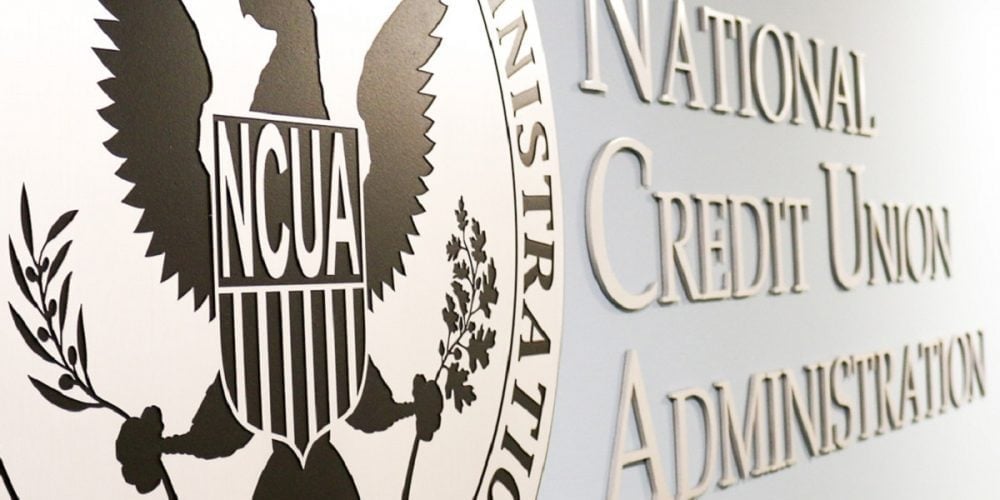The London Interbank Overnight Rate (LIBOR) is still on course to sunset at the close of 2021, or is it? There are a number of uncertainties that currently cloud a successful exit strategy, like The onset of COVID -19, a need for the evolution of the Secured Overnight Financing Rate (SOFR) term structures, lack of clear direction on the index, and concerns over SOFR being controlled by a small population of money centers. These uncertainties may lead to an extension of LIBOR beyond 2021.
Currently, COVID-19 is the central focus globally and domestically. The situation is consuming vast resources both monetarily and intellectually. Legislators, regulators, and industry leaders are focused on combating the health and financial fallout from the crisis with LIBOR being placed on the back burner.
The current crisis has highlighted SOFR’s weakness in addressing the credit component needed to hedge risk. The current disconnect between funding cost and replacing maturing debt can be hedged through LIBOR-based derivatives – which respond to volatility changes due to its inherent credit component. However, with SOFR indexed derivatives, there would be no such market value change in the derivative contract due to its lack of an inherent credit component. Therefore, funding costs would increase without the ability to appropriately hedge credit risk due to lack of available hedging options. As of now, there is no readily available solution to address this issue.
Many financial institutions are still waiting for a clear directive on the replacement for LIBOR. Outside of a defined timing of conversion, financial institutions are left to grapple with determining the financial implication with the conversion. How does a financial institution deal with the lack of a credit component required for hedging, a lack of uniformity around one index, and will the index be representative of the financial sector as a whole and not predicated by the money centers?
The uncertainty surrounding SOFR makes planning very difficult. Concerns stem not only from implementation, but in pricing and legislation that determines a default index. The concern around pricing is that it will not be reflective of Main Street, but predicated by the Money centers. Many small and mid-size banks are pushing to use Ameribor instead of SOFR, as it’s unsecured, and wouldn’t require borrowers to post Treasuries, which most small and mid-size banks do not hold in large amounts. Also, there is concern around legislation that would require SOFR as a replacement for LIBOR based contracts. Lastly, the Alternative Reference Rate Committee (ARRC) at this time is only requesting SOFR receive a safe harbor from litigation.
The coming year will be focused on helping individual institutions plan to transition away from LIBOR. The larger institutions have begun the process, while smaller institutions are waiting to see how the index matures. With the increased utilization of the SOFR index, the expansion of SOFR and SOFR-referencing contracts will be important in driving the industry's conversion. The deeper those markets become the better the information. Having said this, there are significant headwinds with COVID that may extend the sunset of LIBOR.
Sources
BankThink Libor alternative isn't a one-size-fits-all benchmark
By Scott A. Shay, May 4, 2020
What Does COVID-19 Mean for Libor Transition?
By Daniel Belton,PhD VP, FI Strategy, BMOCM, April 23, 2020
Samll banks tell Fed its Libor replacement doesn't work for them
Bloomberg News, February 27, 2020
'It's game time': Libor transition to pick up steam in new year
By John Heltman, Dec. 29, 2019







